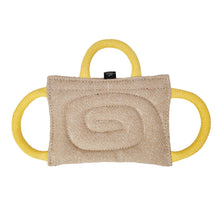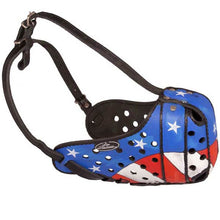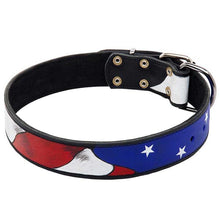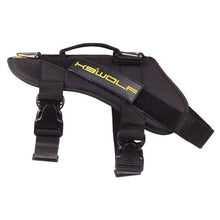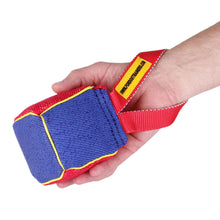Introducing Your Dogs To Non-Canine Pets
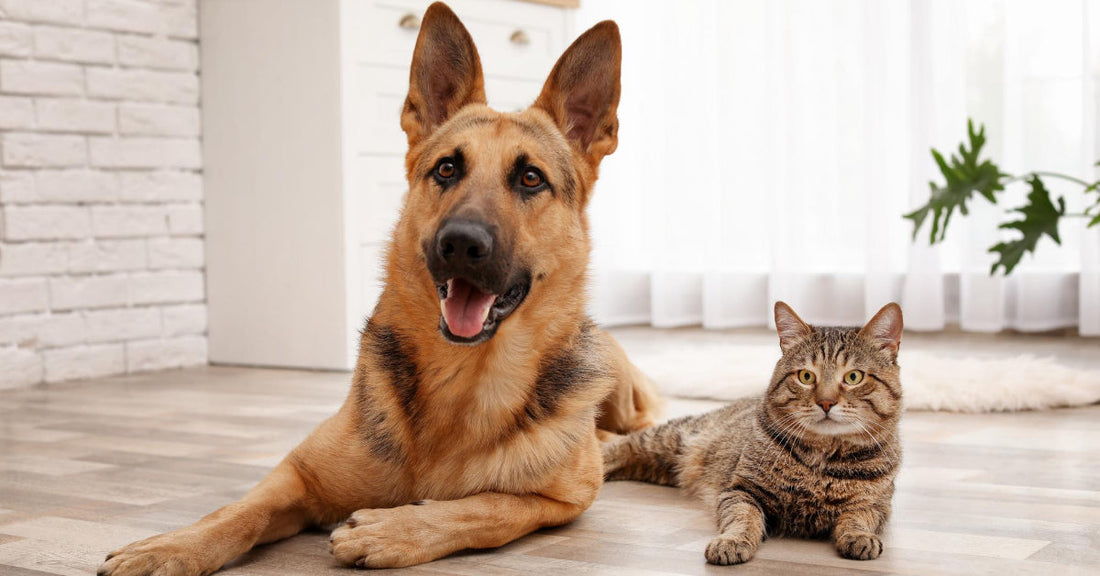
"How do I get my dog to behave around animals, and how should I introduce them?" I've heard this question a few dozen times. But there's something a lot of dog owners don't know. Let’s break down how to introduce your dog to different types of pets.
● Dogs: If you're trying to get 2 dogs to get along, we have an article for that already, but a quick refresher won't hurt. So here are some ground rules to introducing 2 dogs to each other.
1: If you have a male and want another dog, get a female. This pairing is the least likely to fight.
2: If you absolutely just have to have 2 males or 2 females under one roof ... no you don't, pick the opposite sex (haha).

3: If you have your heart set on having multiple dogs of the same sex, your best bet is to keep them separated. All the time. If you don't do that, and they get along, that's great. Lots of same sex dogs get along fine. But a lot of them can be fine for a year, 2 years, 10 years or what have you and get into a fight over something so silly and small that'll shock you. If you are prepared for that and have read our article on breaking up dog fights, then you should be okay.
4: A personal tip from me ... leave new dogs alone for a while. They're confused, they don't know you, they have no love for you, no bond, no boundaries, and no respect for you. Nor should they have, because you're a complete stranger. Let the dog acclimate, build a foundation of trust and respect and pro tip ... have a friend walk alongside you with one dog while you walk with the other. They have time to smell each other and you will be able to observe their body language. The worst thing you can do is let them meet face to face where one might feel threatened or challenged and turn your house into a bar fight. If you need more info than this, you can go to our blog and take a look at our more comprehensive article.
● Small Animals: This is a completely different ballgame than introducing 2 dogs because now we're into a situation that could be purely driven by prey drive. All dogs have prey drive. The ones you think are lazy and barely are motivated to do anything have low prey drive. The ones who will play fetch with themselves until their feet bleed have very high prey drive.
A dog with low prey drive will be easy to introduce to the chickens, hamsters, rabbits etc. He probably won't even be paying them attention after he sniffs them 3 or 4 times.
A dog with medium prey drive can be a little too excited, but not trying to hurt the animal, or they might actually try to hurt the animal but are easily controlled with a verbal command.

A dog with high prey drive is going to give you a very different experience. They might see it and immediately come in at top speed to get to that hamster or backyard chicken. Can you work with them using deterrents? Sure, and they may go on to be perfectly fine. Or may go on to never be perfectly fine and always be plotting on the day you accidentally leave the hamster cage open.
The real question is; how far are you trying to push the envelope? What if it takes big corrections to get your dog to ignore your small animals? Is it worth it to you? Or is it easier to take steps to make sure they don't get the opportunity to interact?
● Horses: 90% of this is training your horse not to run for the hills or kill your dog. I'm not a horse trainer. They won't fit on my couch. If you have horses and you are a horse trainer, you're good, just skip this next part and jump back into the conversation when I start talking about training the dog. If you have horses and are not a horse trainer, contact one. Don't get you, the horse or the dog hurt by trying to be Robert Redford in the movie The Horse Whisperer. Or by pretending you're the Dog Whisperer ... who I have no idea what he does with dogs or horses.
Good, now back to the dogs. If you don't trust your dog to not chase a ball into a busy interstate off leash, don't have your dog around horses. If you don't have full confidence that your dog would obey your commands, even if aliens landed in your yard, called your dog's name and whistled for him to get some space steak or space bacon or whatever delicious food they have ... don't have your dog around horses. I went a little out there with the alien example, but that's only to show that no matter what surprises and shocks are thrown at your dog, including shocking extraterrestrial encounters: if your dog doesn't obey every single time despite what's going on? Don't have your dog around horses.

Once your horse is trained, and your dog is trained. Just bring the dog around the horses more and more on the safe side of the fence until the horse is comfortable at that distance. Then take baby steps from there until they can be beside each other with no issues. It's a work of patience, but you don't rush an animal that weighs half a ton. Of course there are more nuances to it, but this is a quick overview.
Conclusion: In short, you want to introduce animals to each other when neither are in a defensive drive where they're ready to fight. You also do not want to introduce animals who are looking to play, which can be overbearing for other dogs who get annoyed, or injure smaller animals. Remember that you want both parties to be as calm as possible.
Last but not least, thank you all for reading, liking and sharing. Go slow, be patient and call professionals if you need help. Thanks again!
You may also like: 5 Practical Tricks To Teach Your Dog









